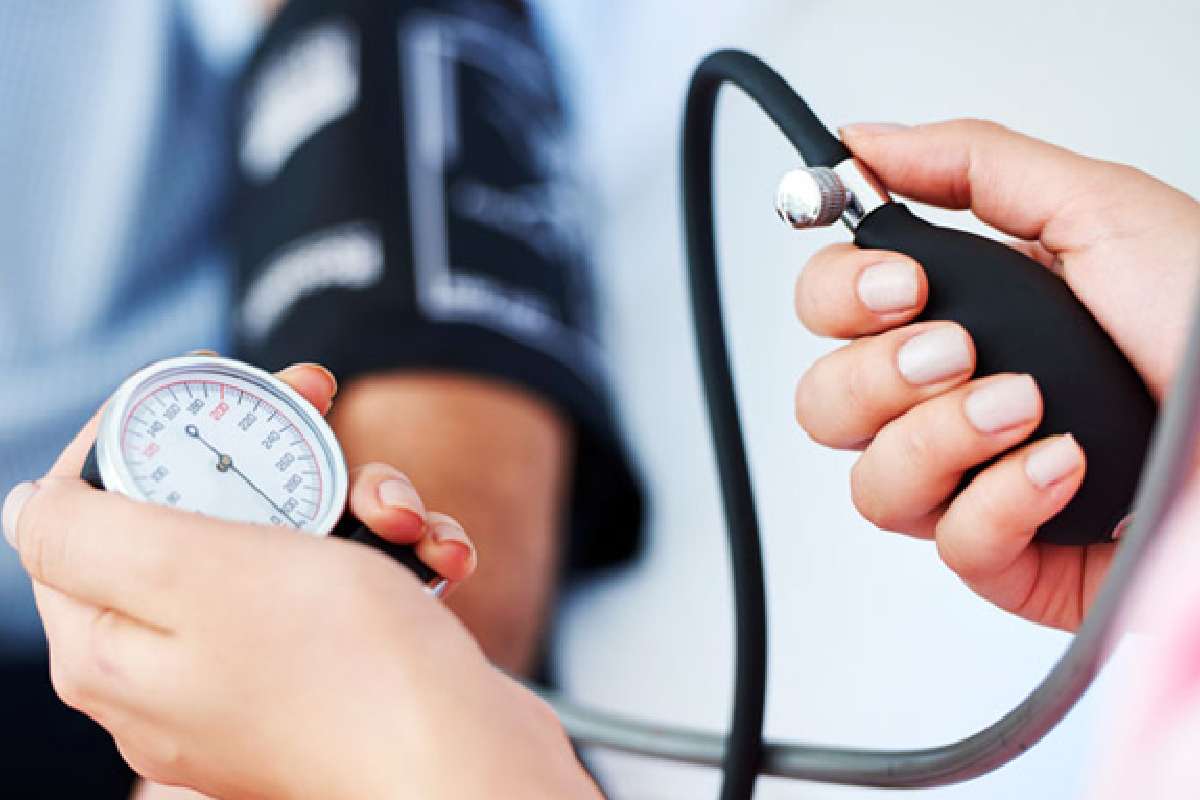Blood pressure actions the extent of the force of blood on the walls of your blood vessels, as your heart pumps. This is measured in millimetres of mercury. Systolic blood pressure is the highest worth in a reading. It measures the pressure in your blood pots, as your heart crowds blood out of your body.
Table of Contents
It Is Important To Control Your Blood Pressure
Hypertension, or blood pressure that is too high, can put you at risk for heart disease, spirit loss, kidney disappointment, and stroke.
Hypotension, or blood pressure that is too low, can cause serious side effects, such as weakness or black out. Very low blood pressure can damage your organs by stingy them of blood flow and oxygen.
Know your blood pressure values
To control your blood pressure, you need to know what the ideal values are and what are cause for concern. Below are the it ranges used to diagnose hypotension and hypertension in adults.
Blood Pressure Levels for Children
And also Blood pressure levels are different for children and adults. Blood pressure goals for children are determined by several factors, such as:
- age
- gender
- height
Check with your child’s paediatrician if you are anxious about their pressure. Your paediatrician can explain the plans to you and help you understand your child weight.
How to Take a Reading To Check Your Blood Pressure
There are a few ways to check your it. For example. Your doctor may check your pressure at his clinic. Many pharmacies have free monitoring stations available.
You can also check it at home with pressure monitors. These are available for purchase at pharmacies and medical supply stores.
The American Heart Association recommends using an automatic home pressure monitor worn on your forearm. Wrist or fingertip pressure monitors are also available, but may not be as accurate.
When you Take Your Blood Pressure, Make Sure of the Following:
- sit upright, with your back straight, feet supported and without crossing your legs;
- keep your forearm at the height of your heart;
- make sure the center of the irons rests directly on your elbow; avoid exercise, caffeine, or smoking for 30 minutes before taking your blood pressure.
For High Blood Pressure
If you have high it , your doctor should monitor it closely. This is because it is a risk factor for heart disease.
High blood pressure is a form that puts you at risk of rising hypertension. If you have it. Your doctor may suggest lifestyle changes such as eating a heart-healthy diet, cutting back on spirits, and exercise regularly. This can help you lower your it values. You may need treatment tablets.
Stage 2 hypertension may require treatment with lifestyle changes and a grouping of medications. for low blood pressure. Low blood pressure needs a different treatment approach. Your doctor may not treat it at all if you do not have indications.
Low it is often caused by another medical condition, such as a thyroid problem, medication side effects, dehydration, diabetes, or bleeding. Your doctor will likely treat that condition first.
What is Normal Blood Pressure
We can consider normal blood pressure when the values obtained range between 60/90 and 90/130 mm of mercury . When you suffer from hypotension, you drop about 20 mm of mercury over these normal values. On the other hand, when exceeding 140/90 mm of mercury, we can consider high blood pressure or hypertension.
How to Lower Blood Pressure Fast
Making some changes to your lifestyle can help lower your it . There by reducing your risk of heart disease. This way you can avoid or reduce the need to take medicines to treat high it .
Reduce Excess Weight
People who are overweight often have high it as well as sleep apnea . As a consequence, your it increases.
Losing weight is essential to control it, but you should also take care of your waist area. In the case of men, if you measure more than 102 centimeters, you will have a higher risk of suffering from high it . Women are at the same risk if their waist measurement is greater than 35 inches.
Do Physical Exercise Daily
Regular activity helps us maintain normal it and helps to lower it when it is high. Also, you must be constant, because if you stop exercising it will go back up.
Some of the aerobic activities that you can do to reduce it are: swimming, running, walking, cycling or dancing . Another option is to combine high-intensity intervals with periods of lighter activity. Strength training at least two days a week helps lower it.
Eat a Healthy Diet
Food is essential if we want to have normal it . Eat plenty of whole grains, fruits, low-fat dairy products, vegetables, and cut back on saturated fat.
It is not easy to change your diet, but try to control what you eat. How much you eat and why and you will realize that many products harm you and you do not need them. You can eat foods with a lot of potassium to reduce the effects of sodium on it . You will find it mostly in fruits and vegetables.
Reduce Sodium in Your Diet
Reducing sodium from your diet can improve your heart health and therefore, lower high it. To achieve this. Read food labels and choose those that are low in sodium.
Be careful when adding salt to your food, do it in moderation and reduce the amount gradually. It will also help you maintain normal it to eat fewer processed products. Since most of them have added sodium.
Beware of Alcohol Consumption
If you drink alcohol in moderation you can reduce it significantly. However, that protective effect wears off when too much alcohol is consumed. In this case, It can increase it and at the same time reduce the effectiveness of medicines for high it.


